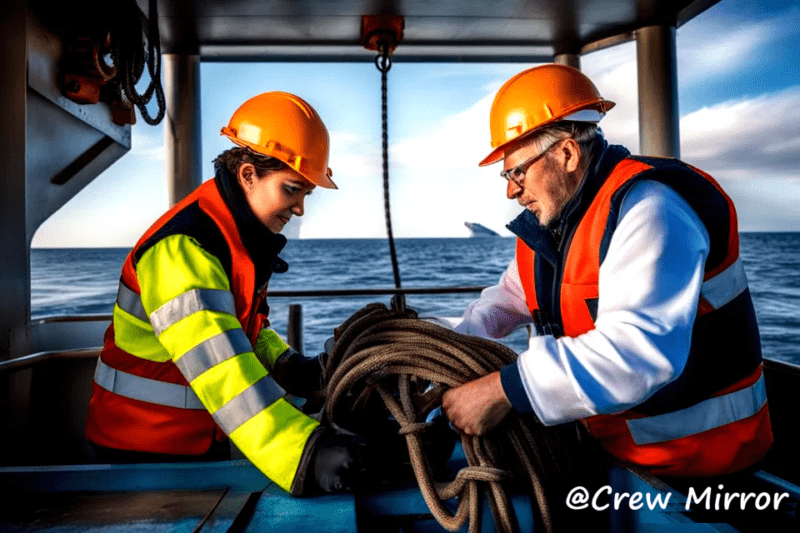Introduction
The life of a sailor is full of challenges, adventures, and unique experiences. For centuries, people have been drawn to the sea, sailing the world’s oceans and waterways on ships of all shapes and sizes. From the early days of wooden sailing ships to the modern era of giant container ships and luxury cruise ships, the role of the sailor has evolved significantly. In this article, we will explore the challenges and advancements that seafarers face in modern times.
Challenges for Seafarers

The life of a sailor is not without its challenges. A long stay at sea can be physically and mentally demanding. Sailors often work long hours, sometimes with little rest, and are constantly exposed to the elements. The nature of the work also means that seafarers are often separated from their families and loved ones for long periods of time, which can have a negative impact on their mental health.
One of the biggest challenges seafarers face is the risk of accidents and emergencies at sea. Seafaring can be a dangerous profession, prone to shipwrecks, collisions, and other disasters. Seafarers must be well trained and prepared to deal with all possible emergencies, be it a fire on board, a medical emergency, or a severe storm.
Another challenge for seafarers is the problem of piracy. Despite efforts to combat piracy in recent years, it remains a threat in certain parts of the world, particularly off the coast of Africa and the Gulf of Aden. Sailors must be vigilant and take precautions to protect themselves and their ships from pirate attacks.
Advances in Technology
Despite the challenges seafarers face, advances in technology have significantly improved the safety and efficiency of modern ships. From GPS navigation systems to satellite communications devices, technology has changed the way sailors navigate the seas and communicate with authorities on land.
One of the most significant advances in recent years is the development of autonomous ships. These ships are equipped with sensors, cameras, and other technologies that allow them to navigate and operate without human intervention. While fully autonomous ships are still in the early stages of development, they have the potential to revolutionize the shipping industry by reducing the risk of human error and improving safety at sea.
Advances in satellite technology have also significantly improved communications and connectivity for sailors. Satellite phones and internet connections allow seafarers to stay in touch with their families and loved ones while at sea and access important information and resources. This has helped to alleviate some of the isolation and loneliness that seafarers may feel when away from home.
Other technological advances, such as advanced weather forecasting systems and improved safety equipment, have also made life at sea safer and more efficient for sailors. These advances have helped reduce the risk of accidents and emergencies at sea and improved the overall quality of life of people working aboard modern ships.
Conclusion
The life of a sailor is unique and challenging, full of risks and opportunities. From the physical and mental demands of a long stay at sea to technological advances that have led to greater safety and efficiency, modern-day seafarers face a number of challenges and opportunities. Despite these challenges, sailors continue to be drawn to the sea, sailing the world’s oceans and waterways on ships of all shapes and sizes. As technology continues to evolve and new innovations emerge, the role of the sailor will likely continue to change and adapt to meet the demands of the 21st century.
Share it now


















